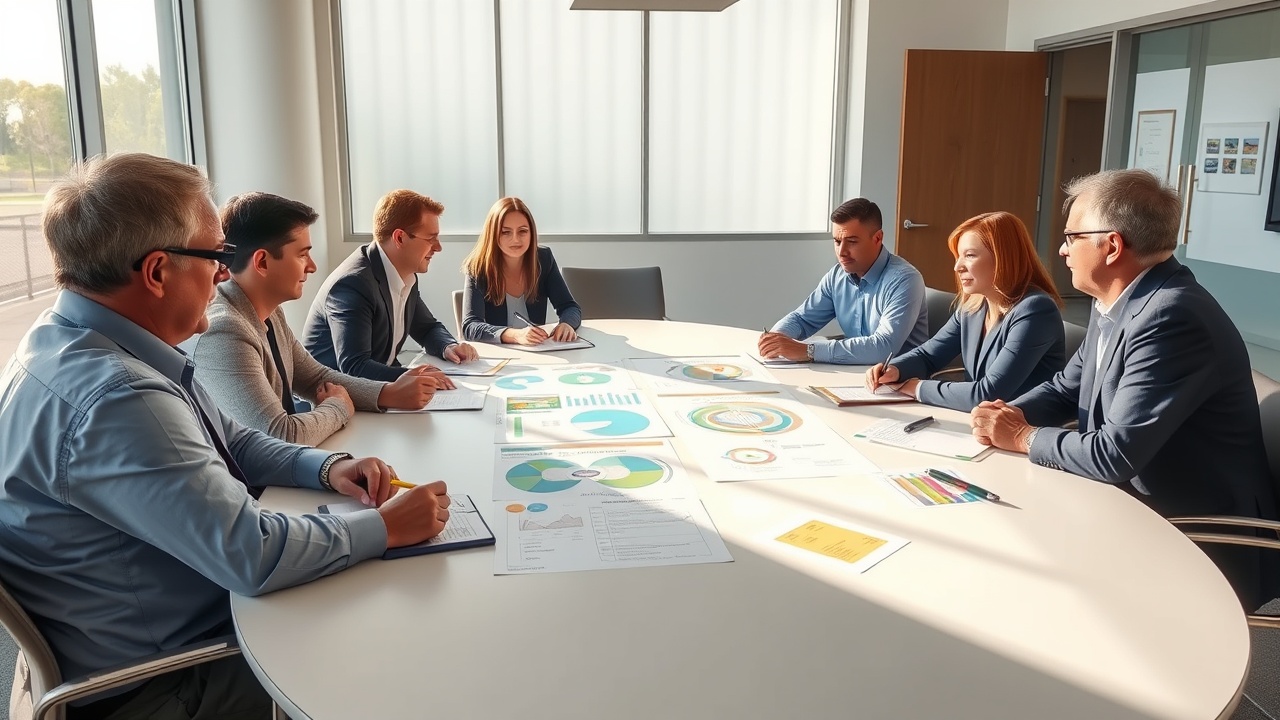Importance of Accessibility to Sports
On July 10, Lewis and Clark High School’s tennis coach, Scott Wortley, underscored the importance of accessibility to sports for young people, sharing his own background of practicing tennis at home instead of utilizing public courts. His personal experiences have fueled his enthusiasm for a proposed indoor tennis facility in Spokane, which aims to foster community engagement and promote physical activity among families and youth.
Collaborative Initiative for a New Facility
The initiative for the new facility is a collaborative effort between Spokane Public Schools and Spokane Parks and Recreation, alongside the United States Tennis Association’s Pacific Northwest branch. This project is part of a larger endeavor called the Together Spokane initiative, which encompasses a total of $440 million aimed at enhancing parks and educational infrastructure throughout the city. Voters will encounter this proposal on their ballots in November.
Funding and Financial Impact
The initiative includes a property tax levy designed to generate $240 million over two decades, impacting property taxes by an additional 27 cents for every $1,000 of assessed value, translating to about $108 annually for a $400,000 property. Additionally, a school bond financed over the same period is expected to cost taxpayers between 6 to 31 cents per $1,000 of assessed property value, based on yearly adjustments as described by Cindy Coleman, the chief finance and business services officer for Spokane Public Schools.
Current Limitations and Future Plans
Although the exact budget for the indoor tennis facility remains to be finalized, estimates of comparable facilities range between $1 million and $2.5 million, according to Renee Gordon, the Chief Advancement Officer for the U.S. Tennis Association. Currently, Spokane has limited indoor tennis options, impacting the duration of high school tennis seasons and preventing regional competitions from being held within the city limits. Wortley highlighted the existence of only three private clubs accessible for winter play, often burdensome in terms of costs.
In total, the Pacific Northwest hosts just 22 indoor tennis courts serving over 44,000 active players, a fact emphasized by Matthew Warren, CEO of U.S. Tennis Association Pacific Northwest, who noted the region’s swift growth in tennis popularity.
Facility Features and Community Engagement
Plans for the proposed facility include the addition of two indoor courts adjacent to Shadle Park’s eight existing outdoor courts, protected from assorted weather conditions by a bubble structure that will allow for year-round access. Funding for the bubble’s design and construction will be handled by the United States Tennis Association, while the broader Together Spokane initiative will assist with infrastructure such as parking and entryways.
Moreover, the initiative aims to incorporate tennis education into physical education curricula, equipping gym instructors with the necessary resources while creating after-school tennis programs. Open access during school hours is also part of the vision to enhance the facility’s use by the local community.
Health and Community Benefits
Warren, who possesses a strong affinity for tennis himself, expressed that this initiative extends beyond mere athletic engagement, emphasizing health, wellness, sociability, and community participation. A Mayo Clinic study even indicated that playing tennis significantly contributes to longevity, suggesting a potential increase of nearly ten years of life for participants.
“This is not just about hitting a ball,”
he stated, underscoring the sport’s role in fostering connections and promoting an active lifestyle.




